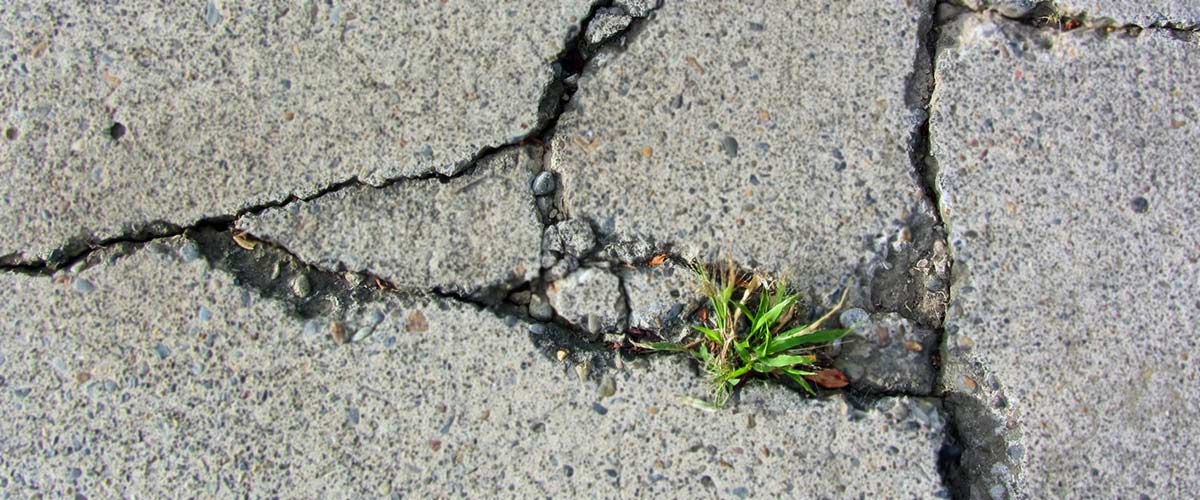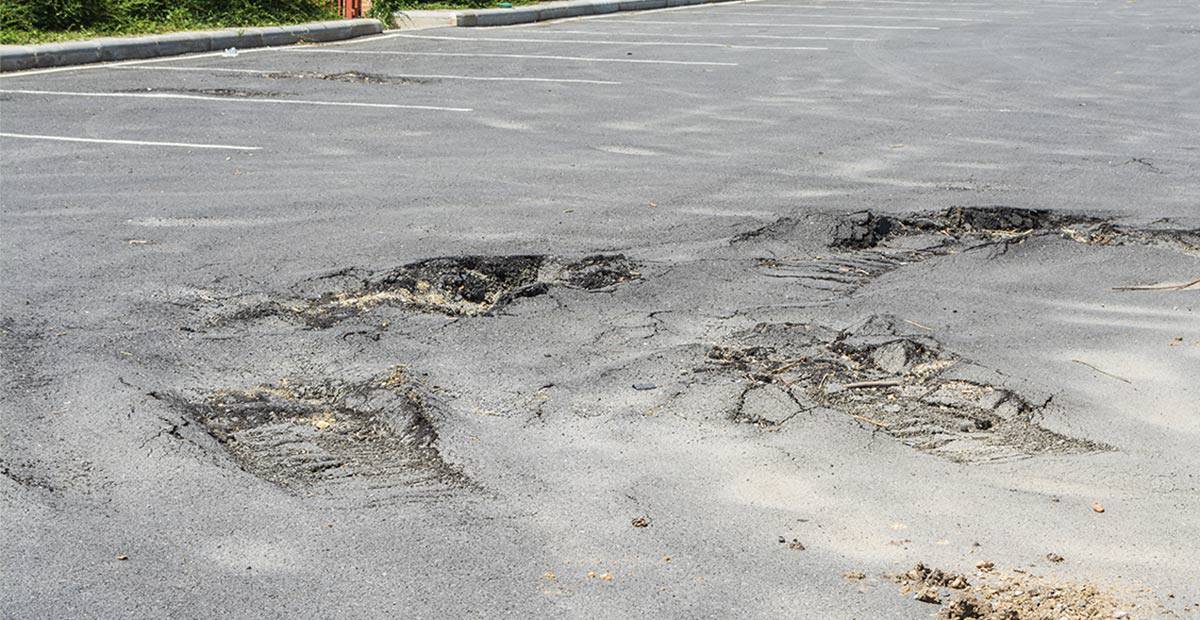When you see a crack in your concrete walls or foundation, it’s easy to assume it indicates low-quality work. However, that’s usually not the case. Most cracks found in concrete are just part of its natural life cycle. While that doesn’t mean you can ignore the need for repair, it does mean that the overall integrity is likely fine.
There are six types of concrete cracks that occur naturally and commonly need repair.
Plastic Shrinkage Concrete Cracks
Before concrete hardens, it’s in a moist state. As the concrete cures, the water leaves voids behind. As these are empty spaces, they weaken the concrete and cracking can occur. In fact, it occurs very often, with this being the most common type.
These cracks are most often found in the reentrant corner or around circular objects in the slab. Hot weather makes them more likely to develop, so they are often seen in Southern California. These cracks are very narrow and many homeowners don’t even realize they’re there. However, because they extend through the depth of the slab, they must be addressed.
Expansion Concrete Cracks
Concrete expansion cracks occur because of how the material reacts to the presence of heat. When concrete slabs heat up, they expand. The expanded concrete then pushes up against other items, and if those items are not flexible, the force will result in a crack (s) in the concrete, which require repair.
Expansion joints address this problem by creating a flexible separation between the two surfaces. These joints get added at the time of construction in most situations, but retrofitting is a possibility. Materials used to create these joints include asphalt, rubber, and lumber.
Heaving Concrete Cracks
This type of concrete crack isn’t really seen much in Southern California, but it deserves mention given how common it is overall. These cracks occur when the ground freezes, and as a result of expansion, lifts several inches up, then sinks back down after thawing. Because this forces the concrete slab to move a significant amount and concrete is not flexible, it can result in cracking. The best way to prevent this is to make sure the slab has some freedom of movement. In addition, tree roots can also cause this type of crack in concrete, causing the need for repair.
Settling Concrete Cracks
Just as bad as having the ground rise up is having the ground settle and sink. This can happen naturally or due to things like decaying tree routes or trenches being dug. In many cases, the sinking is not even, which results in strain on the concrete and subsequent cracking. Depending on how severe the sinking it, the whole foundation may need replacement.
Overloading Concrete Cracks
Concrete is a very strong building material, but it has its limits. When holds too much weight, it can start to develop cracks, which compromise the integrity of the structure. The pounds per square inch rating of the concrete must be taken into account and it should never be made to bear more weight than certified to. Overload can also impact the ground beneath the slab, leading to sinking and shifting that causes these cracks.
Premature Drying Cracks
When concrete dries too quickly, this can also be a source of cracks. Fine cracks that look similar to a spider web are one type of premature drying crack. These are not a concern except in terms of aesthetics. Crusting cracks that occur when the concrete dries too fast after stamping can also develop. These, once again, are just an aesthetic concern.
Repairing Concrete Cracks
Whether or not a crack is a functional concern or just an aesthetic one, it is normal and understandable to want to have it fixed. Luckily, with all of these types of concrete cracks, repairs are possible. In some cases, they are quick and cheap. But, in others, they may require an overhaul of the foundation. Still, repairs are possible and your home salvageable.
The key to getting the right fix is working with the right team. Here at Garrett Concrete, we’re highly experienced at correcting all types of cracks in concrete, including those that are in-depth and involve a full foundation restoration. If you are in Southern California and need concrete crack repair, we are here for you. Simply give us a call and we will head on over to give you a quote.


Leave A Comment